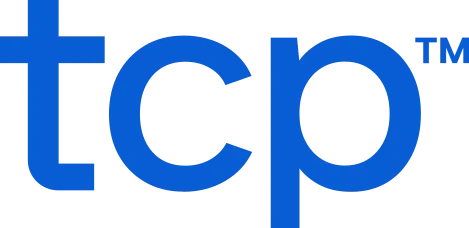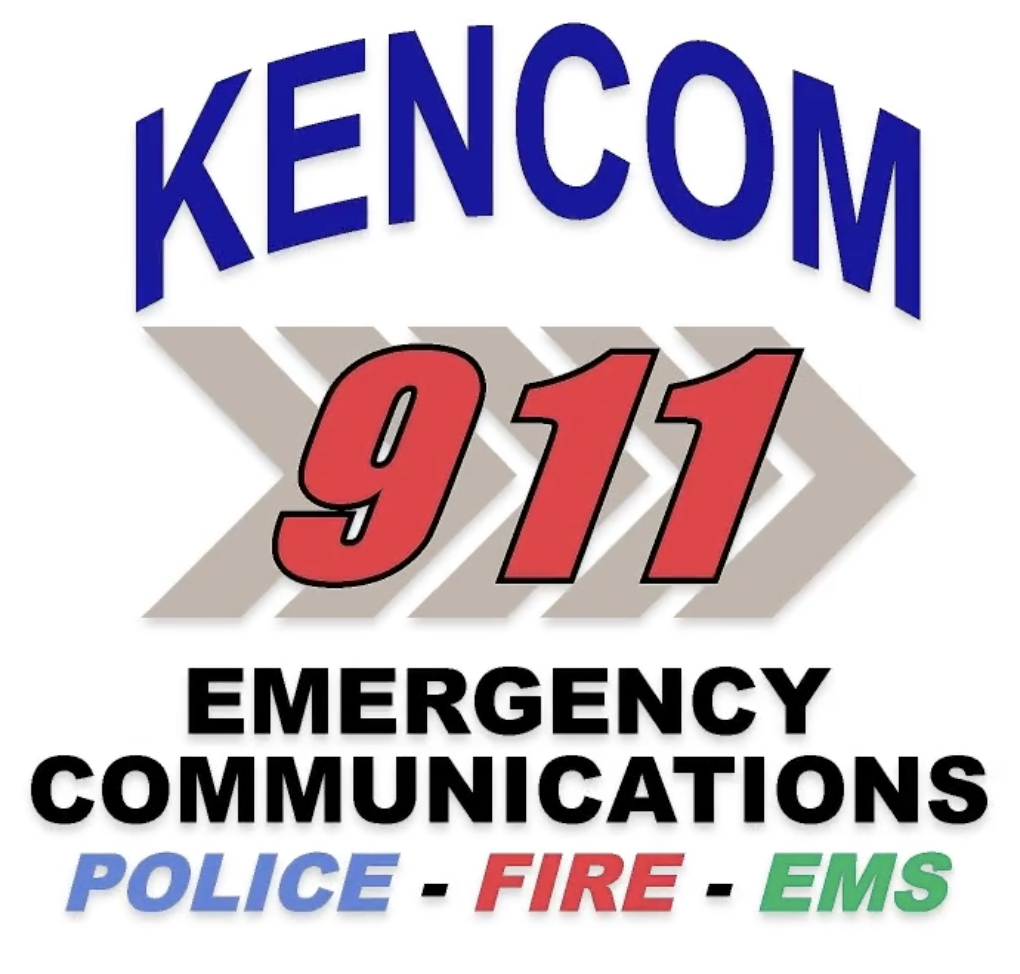Located about an hour southwest of Chicago’s Loop, KenCom was the first unified county communications center in Illinois, organized 24 years before the Illinois Legislature passed a law ordering counties to merge such operations.
“Considering that they rewrote the 9-1-1 law forcing consolidation back in 2016 and we were untouched by this because we were already operating under the guidelines of the new law, it was pretty exciting,” said KenCom Assistant Director Jen Stein.
KenCom Public Safety Dispatch serves the Kendall County Sheriff’s Office, police departments of the Village of Oswego, United City of Yorkville, City of Plano and Village of Montgomery, and the fire protection districts of Oswego, Bristol Kendall, Little Rock-Fox, Newark, Lisbon-Seward, Sandwich, Montgomery-Countryside and Aurora Township.
At its inception, KenCom functioned from five consoles on the second floor of the sprawling Kendall County Sheriff’s Office complex. Twenty years later, the operation expanded to more spacious quarters in the basement, doubling in size to 10 consoles, plus offices, and a conference room, which allows for space to increase staffing levels to meet the growing demands of the county.
Up until 2015, monthly schedules were created on Excel spreadsheets, and documentation was written on paper forms.
“We were looking for scheduling software, and so we decided to explore [Aladtec] after learning that some of our partners were using the software. We liked what we saw, and we’ve been using it ever since,” Stein said. “We were growing as an organization. Our staffing levels were increasing, and it was just complicated to maintain scheduling on Excel spreadsheets so we were looking for something a little bit more automated.”
KenCom currently schedules 22 operators in the system.
“We have our primary dispatch schedule. We have a schedule for the trainees and a schedule for miscellaneous hours worked — everything above and beyond when they’re working on the floor,” said Stein. “Any training is logged. And meetings, that they need to keep track of time for payroll is logged in there.
“We also use the Events so we have a supervisor on-call every day. If we’ve got a visitor coming to listen in or we’ve got a drill happening, we keep all of that in the schedule.”
Various facets of KenCom’s labor unit language regarding seniority rules make it impractical for supervisors to use some functions of Aladtec, such as signing up for overtime. However, rule changes negotiated during recent contract talks have allowed the use of more scheduling functionality, Stein said.
Only recently, “we decided to do the overtime sign-ups through Aladtec. Before that, we were doing it on a spreadsheet that was posted, because there were some challenges with our contract that didn’t allow us to use the software, such as you could sign up for no more than three shifts, and you had 24 hours to bump people.”
KenCom leans heavily on Aladtec’s form tools. Stein has designed 16 documents, ranging from time sheets to training records.
“We get a lot of use out of the forms. If [operators] are going to take time off, there’s a form they use to submit it. Same thing with the tradeshifts. We created a form, and they’ll go ahead and submit it.
“The quality assurance program that we have today evolved after we had Aladtec. It was clunky. It was irregular, so we love the forms and the ability to go in and report and review. It’s been really good.
“We use them to track a variety of different things, and that’s only going to expand. Our newest form is the Tyler New World Reporting Form. We started using that after we went live on a new CAD system. It’s a way for me to manage the influx of reports on things that weren’t working or needed to be tweaked,” said Stein, who was part of the CAD build team. “There are discoveries probably every five minutes on something that should be working that wasn’t,” she said, laughing. “It was a great way for them to get that information to me and for me to retrieve it on more of a scheduled basis as opposed to being flooded with e-mails. The forms have been very useful for that.”
Stein designed a “Daily Observation Report” to be used by trainers to evaluate new dispatchers at the end of each day. Those are exported into an Excel spreadsheet, then tallied to assess how a new hire is progressing.
“We’ve got numerous quality assurance forms. We pull X-number of calls per month. The dedicated supervisor that does the QA/QI will review the call. They fill out this form, then print it. One copy goes to the shift supervisor, who then goes over it with the employee.
“We run reports off of those forms to get sort of a score. We have a spreadsheet and dump all the data, and it will tell us, whether [the operator] is in compliance according to our standards,” she said.
“[Aladtec] has improved our ability to keep track of the schedule, not only for tracking purposes but now employees have the opportunity to look at their schedules from home. They didn’t have that before. There was no way to get to the spreadsheet that showed the schedule,” said Stein. “So, it’s been a huge improvement for our organization, giving them that control, on their days off — ‘Hey. Did I sign up for that over time? Did they cancel it? What’s going on with that?’ They can log in. They can see that.”


